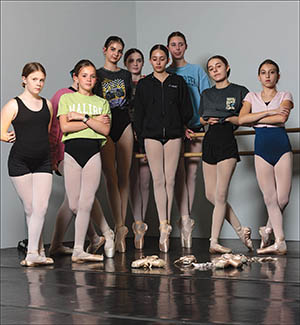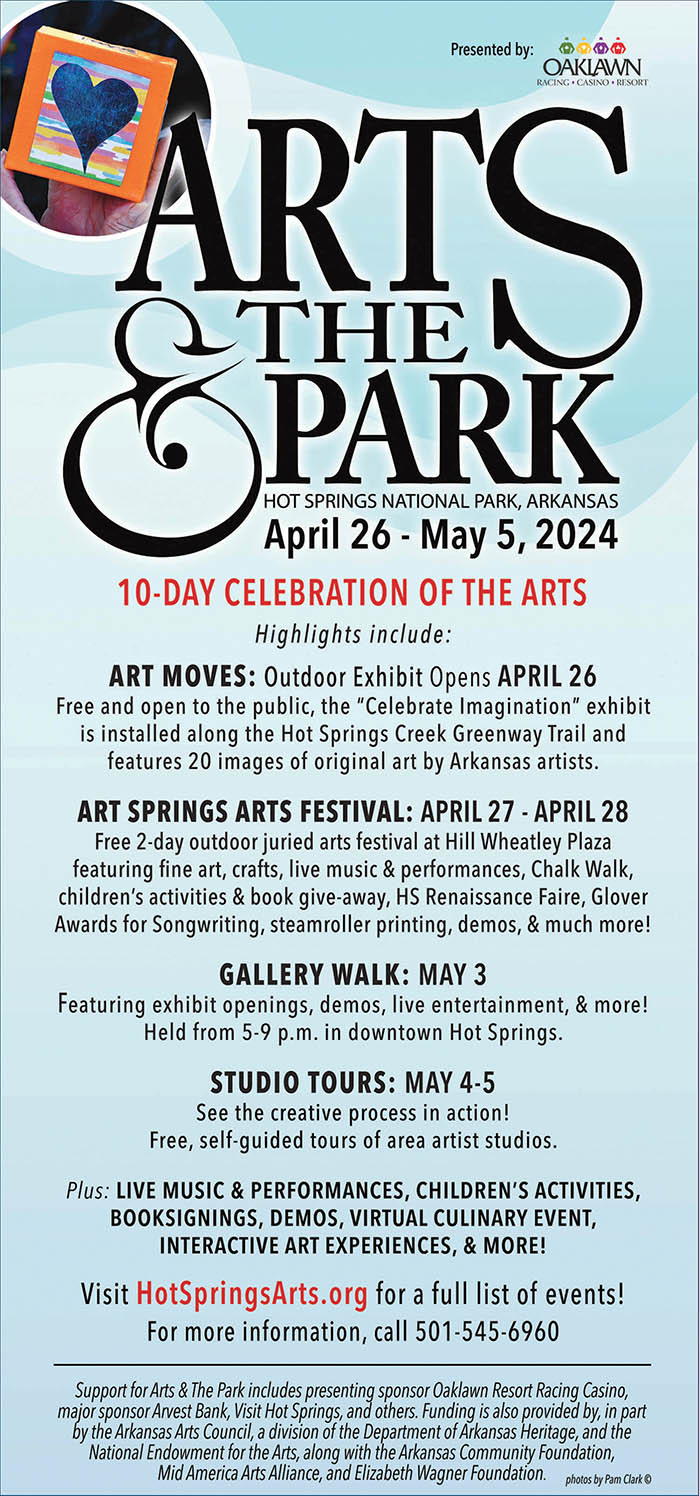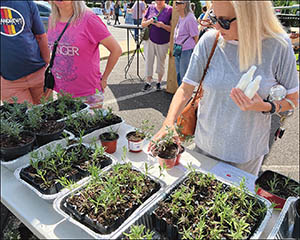Welcoming Pollinators into the Garden
By Jodi Tooke and Bev Merritt
Plant reproduction by pollination is necessary for continuous supplies of grain, fruits, berries, and vegetables—food
for man and animals. What you plant can make a big difference to bees, butterflies and birds that pollinate.
First, some basics. Plant with seasons in mind. If pollinators have no nectar to eat, they forage elsewhere. Gardens
often start gloriously in the spring, but full summer into fall is critical for pollinators, especially those storing up
energy for annual migrations or winter cold. Planting in clumps helps them locate plants, and use a mix of colors
and scents to appeal to various pollinators. Remember that pollinators need space and water where they can live and
reproduce.
Next, a few suggestions. Honey bees are generalist feeders, visiting any flower that rewards them with nectar. Bright
white, blue, yellow and violet blooms with mild pleasant scents are bee attractors. Common bee-friendly plants
include bee balm, goldenrod, and hyacinth.
Butterflies are attracted to flowers by color. Incorporate flat basking stones, sand or damp earth. Butterflies need
stones to gather heat to remain active, and cannot drink from open water. Incorporate host plants where females can
lay eggs on plants that will feed young when they hatch. The monarch needs milkweed, the black swallowtail
prefers parsley, fennel or dill.
Hummingbirds are attracted to scarlet, orange, red, pink or white tubular flowers like those on trumpet honeysuckle,
trumpet vine, fuchsia, and columbine.
Finally, avoid pesticides. For natural control provide a diverse garden habitat with a variety of types and sizes to
encourage beneficial insects. If a pesticide is needed, choose one least toxic to non-pest species, and applied in the
evening when most pollinators rest.
Jodi Tooke and Bev Merritt are volunteers with the Garland County Master Gardeners program of the UofA
Division of Agriculture, Cooperative Extension Service. Over 200 members participate in sixteen “dirt” projects,
three Yard-of-the-Month selections, garden therapy at the Caring Place, and five different community education
committees. Master Gardeners pool skills and resources to improve home horticulture, stimulate an interest in
plants and gardening, and encourage beautification of Garland County.









